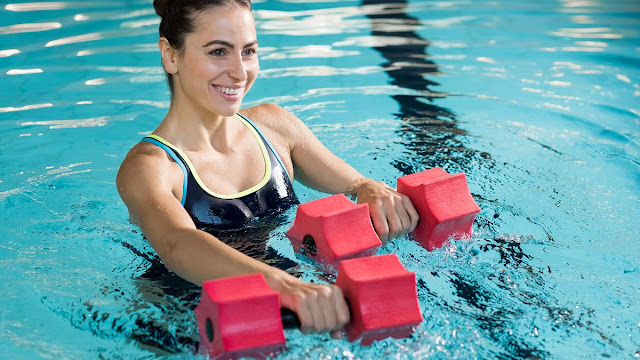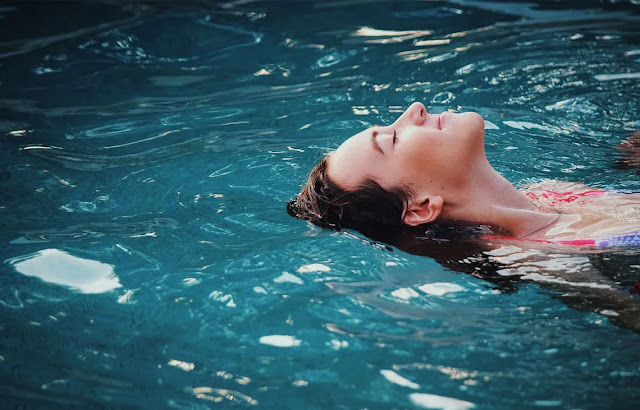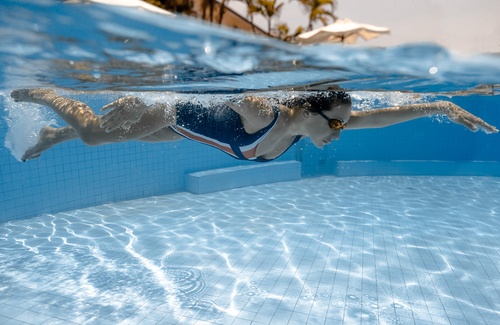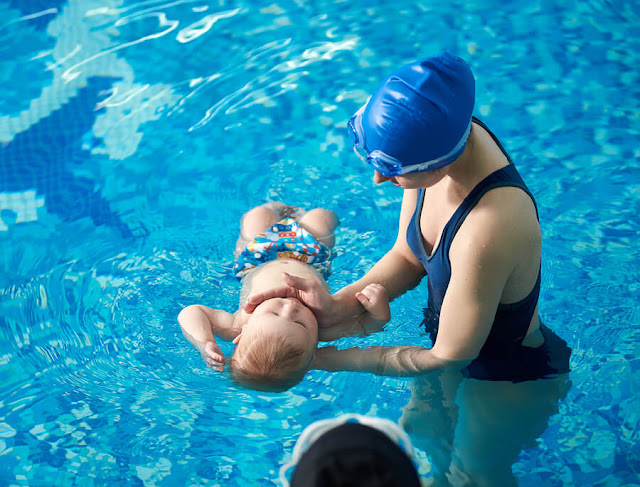Swimming and sports
Diving into calm waters to discover peace and escape from everything is as relaxing as a yoga class or a good massage. Apart from the known benefits of the different styles, today there is a whole range of classes, in the water with Lifeguard Training, that consistently improve your muscle tone and reduce stress. Is it because more than 65 percent of the body is made up of water?
Due to the pressure and the lack of gravity that we have in the water, the simple act of immersion provides great musculoskeletal relaxation. Who has not tried to play dead in the sea? If you breathe in a relaxed way trying to remain as still as possible, you will achieve great relaxation and you will come out of the water as new.
"The most important thing is when we enter the silence of the sea or pool, we disconnect from the earthly world. That relationship that you establish with water, when swimming, diving, or simply floating, gives you the opportunity to stop for a moment and abandon the thoughts that lead to worries," a graduate from INEF, and an instructor of aquatic activities at the Hotel Marbella Club Golf Resort & Spa.
The practice of swimming in its different styles is one of the most complete sports that exist since it exercises almost the entire body, achieving toned, elongated, and very aesthetic muscles. Just one quibble; you have to swim very well. The key is to know the correct way with the help of an expert so that the results are beneficial.
THE PERFECT SWIMSUIT
It must have a breathable fabric, be flexible, comfortable, and at the same time support the chest so that it does not move. Better if the straps are wide and never tied around the neck (leave bikinis for sunbathing). A good example is the new collection of women's wetsuits from the Spanish firm Wetsweets (between 79 and 99 euros) made with recycled materials
DO YOU KNOW WHAT YOUR BODY WORKS IN THE DIFFERENT SWIMMING MODALITIES?
Front crawl or freestyle
Mainly the latissimus dorsi, pectoral, deltoid, triceps, biceps, teres major, and trapezius muscles are exercised. Secondarily abdominal, gluteal, intercostal, and quadriceps. It is the fastest style and burns about 250 calories in 20 minutes.
Back
It is a style very similar to the front crawl and the most appropriate for working on back problems. Although it changes the direction of movement of the arms, it works muscles very similar to the front crawl, but in the legs, the hamstrings mainly participate and, to a lesser extent, calves and foot muscles. You will burn about 250 calories in 20 minutes.
Fathom
In this mode, 50 percent of the work is done by the legs and the other 50 by the arms. Pectorals, biceps, triceps, deltoids, latissimus dorsi, teres major, trapezius, rhomboids participate in the stroke. The leg movement is performed by exercising the glutes, quadriceps, hamstrings, and calves. It is the easiest to maintain for a long time and burns about 360 calories in 20 minutes.
Butterfly
It is a variation of the breaststroke style where the biceps, triceps, latissimus dorsi, pectoralis, teres major, deltoids, trapezius, pectoralis, quadriceps, gluteus maximus, tibialis, gastrocnemius, internal rectus, adductor, and pelvic floor are strengthened. It is the hardest modality, the one that burns the most calories, and is only suitable for expert swimmers. In 20 minutes you lose more than 400 calories.





Comments
Post a Comment